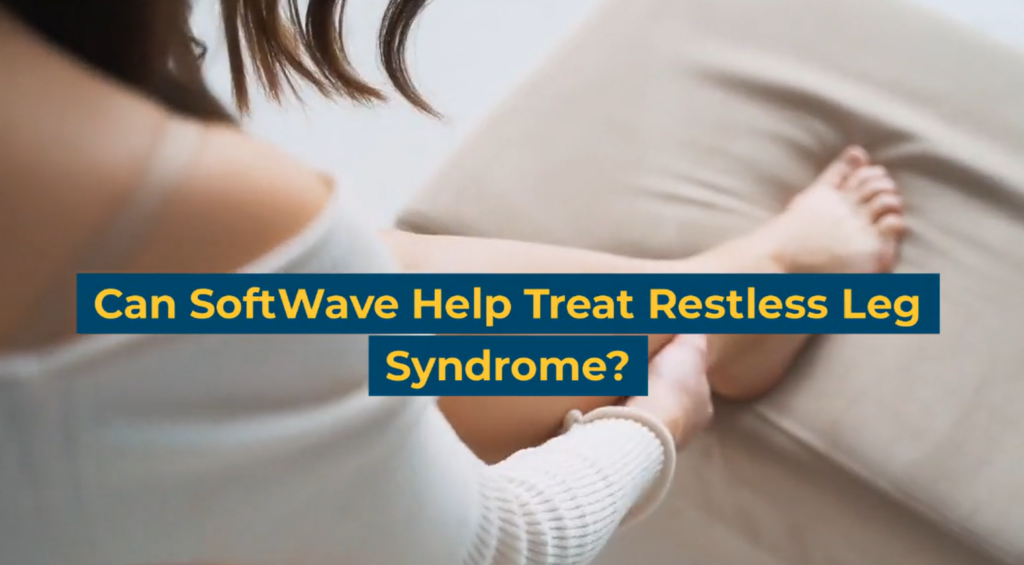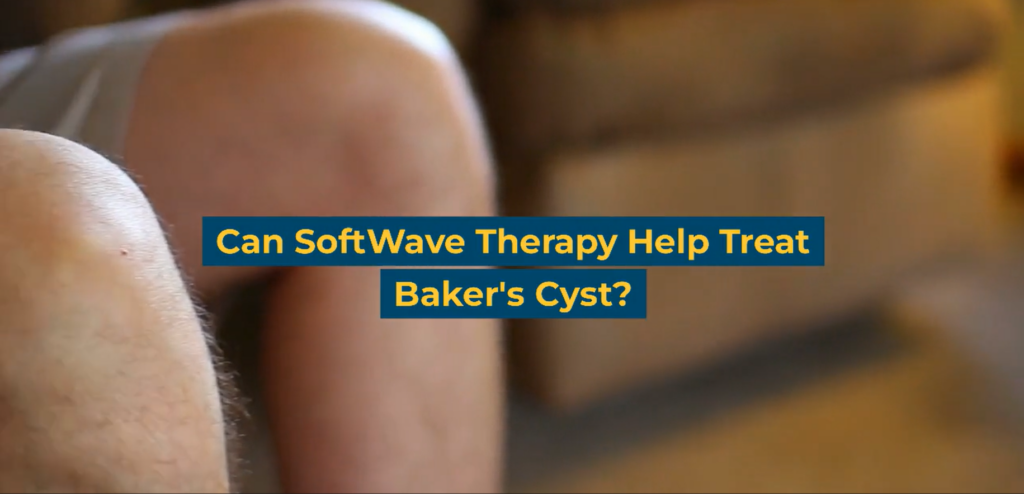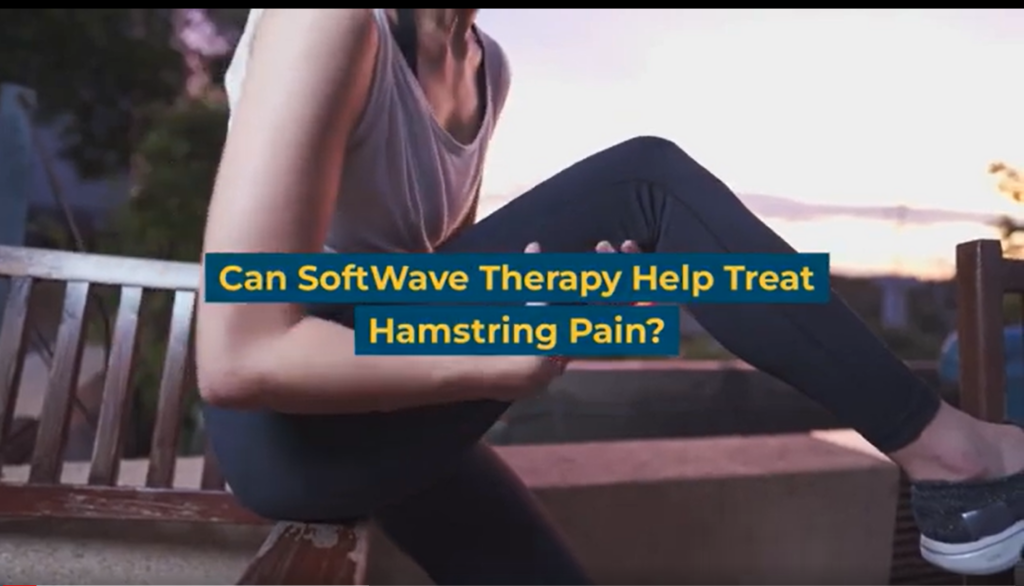Understanding 2nd-Degree Burns: Causes, Symptoms, and Complications
A burn is an injury to the skin or other tissues caused by heat, cold, electricity, chemicals, friction, or radiation. Burns are classified into different degrees based on their severity, depth, and size.
First-degree burns, affecting only the epidermis, are marked by redness, minor swelling, and pain, healing within a week without scarring.
Second-degree burns, more severe, impact both the epidermis and dermis, causing redness, blistering, and intense pain. Healing takes weeks and may scar.
Third-degree burns penetrate all skin layers, damaging deeper tissues, leading to potentially numb, white, or charred skin, requiring immediate medical attention, lengthy healing, and often resulting in significant scarring.
Fourth-degree burns, the more severe, extend through all skin layers to affect fat, muscle, or bone, carry a high infection risk and long-term complications, and need urgent medical care, possibly including surgery or amputation.
Common Causes of 2nd-Degree Burns
2nd-Degree burns can result from a wide range of incidents, including scalds from hot liquids, contact with hot objects, or even brief exposure to flames. Knowing the causes is crucial in preventing such injuries.
Symptoms of 2nd Degree Burns and Potential Complications
Recognizing the symptoms of 2nd-degree burns is vital for prompt treatment. Look out for blistering, redness, swelling, and intense pain. Seek medical attention immediately if you suspect a 2nd-degree burn.
Failure to treat 2nd-degree burns properly can lead to complications, including infection, scarring, and prolonged healing times. This underscores the importance of effective treatment methods.
Traditional Treatment Methods for 2nd-Degree Burns
First Aid. Immediate first aid for 2nd-degree burns typically involves cooling the burn with running water, applying a clean cloth, and keeping the affected area elevated. However, these methods only offer initial relief and may not address the underlying damage.
Medical Treatment Options. Medical professionals often prescribe topical antibiotics, pain management, and wound dressings for 2nd-degree burns. In some cases, skin grafts may be necessary, involving the transplantation of healthy skin to the burn site.
While traditional treatments have their merits, they come with limitations. Skin grafts are invasive and can leave scars, and some wounds may still take an extended time to heal fully.
What is SoftWave Therapy and How Does It Treat 2nd-Degree Burns?
SoftWave therapy, a state-of-the-art non-invasive treatment, employs low-intensity, unfocused shockwaves to activate the body’s innate healing processes. This innovative approach is particularly effective in treating second-degree burns, as it significantly accelerates cell regeneration and boosts blood circulation in the affected area. The benefits of SoftWave therapy extend beyond hastened healing; it effectively reduces inflammation and pain while simultaneously minimizing scarring through orderly tissue repair. This multifaceted technique seamlessly integrates symptom relief with essential healing mechanisms, presenting a comprehensive solution for burn care.
The efficacy of SoftWave therapy in treating second-degree burns is supported by compelling research. A notable study led by Ottomann et al. (2011) revealed that patients with second-degree burns who underwent shockwave therapy experienced markedly faster healing. Specifically, these patients achieved complete healing in an average of 9.6 days, as opposed to the 12.5 days observed in the control group. This accelerated healing process, attributed to enhanced cell regeneration and improved blood circulation, results in quicker wound closure and lessened inflammation, pain, and scarring. Additionally, another study by Anna Arno et al . (2010) highlighted shockwave therapy’s effectiveness in treating more severe burn cases, including deep partial and full-thickness burns, further demonstrating its broad potential in burn treatment.
Advantages of SoftWave Therapy Over Traditional Treatment Methods for 2nd Degree Burns
SoftWave Therapy, when used for treating second-degree burns, offers several advantages over traditional treatment methods:
- Accelerates Healing: Promotes cell regeneration for quicker recovery.
- Reduces Scarring: Enhances tissue repair, leading to less noticeable scars.
- Alleviates Pain: Offers significant pain relief for burn patients.
- Improves Circulation: Boosts blood flow to the affected area, aiding in faster tissue recovery.
- Non-Invasive and Safe: A safe, minimally invasive option with minimal side effects.
Accelerate Your 2nd-Degree Burn Recovery with SoftWave Therapy
Second-degree burns can make everyday tasks painful and difficult, as they cause blisters and soreness on the skin. Simple actions like getting dressed, washing, or even moving can be uncomfortable. SoftWave Therapy, with its groundbreaking method, can be a good choice for treating these burns because it helps the skin to heal faster, reduces pain, and can minimize scarring. Choosing SoftWave helps people suffering from second-degree burns find relief and get back to their daily activities more quickly and with less discomfort.
SoftWave therapy offers new hope for individuals suffering from 2nd-degree burns. Find a SoftWave provider near you.
Disclaimer: The information provided in this blog is for educational and informational purposes only and is not intended as a substitute for professional medical advice, diagnosis, or treatment. The content provided in this blog should not be used to diagnose or treat any health problems or illnesses. Always consult with a qualified healthcare professional before making any changes to your healthcare routine or treatment plan.




